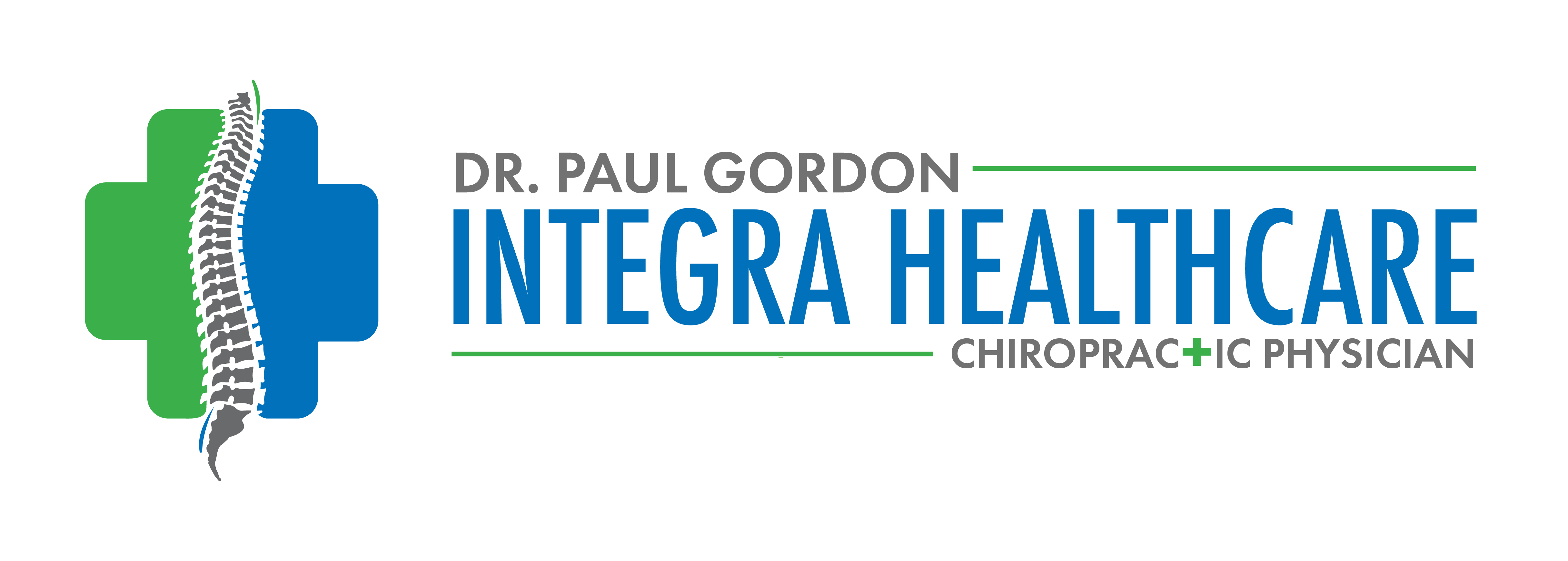Therapy Methods – Spinal Decompression Therapy
 Spinal decompression therapy is a treatment option for people suffering from a wide range of physical problems. Typically, doctors use this method to treat long-term back pain, sciatica, leg pain, degenerative disc disease, herniated discs, numbness and other conditions that have not responded to initial treatments like manipulation and physical therapy. Through spinal decompression therapy, doctors target any compressive forces on the vertebrae, which can cause spinal misalignment and compressed discs.
Spinal decompression therapy is a treatment option for people suffering from a wide range of physical problems. Typically, doctors use this method to treat long-term back pain, sciatica, leg pain, degenerative disc disease, herniated discs, numbness and other conditions that have not responded to initial treatments like manipulation and physical therapy. Through spinal decompression therapy, doctors target any compressive forces on the vertebrae, which can cause spinal misalignment and compressed discs.
Overall, compressed discs can cause serious discomfort. They lead to herniation or bulging discs, which puts pressure on the nerves. In addition to discomfort, this can prevent the nerves from receiving the nutrients they need to heal and work properly. Many doctors choose surgery as their method to decompress the spine. This treatment option, however, is invasive, painful, and has significant risks. Patients also often use medication to reduce the pain, but this does not treat the source of the problem.
Spinal decompression therapy, in turn, is a non-invasive, non-surgical alternative. It offers gentle spinal decompression through the use of specially designed, FDA-approved equipment. Prior to treatment, patients are thoroughly examined both manually and through the use of imaging technology. Through these exams, doctors determine which spinal discs are compressed and if this treatment is suitable for the patient’s condition.
If the doctor finds the treatment suitable, he or she will treat the patient on a decompression table. The treatment applies a specific force to the compressed discs. More specifically, a computer alternates the decompression force with relaxation periods. Usually, the doctor uses a series of 15 one-minute alternating decompression and relaxation cycles. This process serves to gently elongate the spine and create a vacuum that pulls the disc back into its proper location and shape within the vertebrae. Realigning the discs in this manner reduces pain and promotes healing. However, it may take up to 20 treatments for complete relief.
Not everyone is a good candidate for spinal decompression therapy. In fact, research shows that spinal decompression therapy is effective for some, but not for others. Doctors cannot tell which patients the treatment works best on until they conduct exams. Therefore, it is vital to work carefully with your chiropractor to ensure you have a good chance of successful treatment. Your chiropractor may precede each treatment with soft tissue muscle work to reduce the body’s natural reflex reaction and prepare the muscles for the traction forces. A chiropractor may also work with other health professionals to determine the precise nature of your backspin and the type of necessary treatment.

Leave a reply